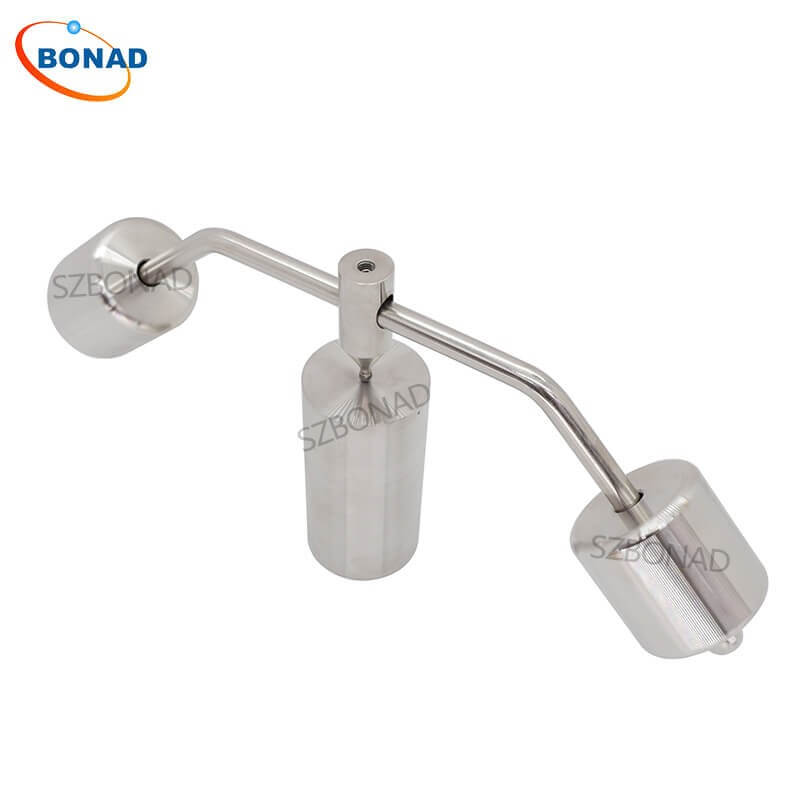Introduction
The Ball Pressure Test (Resistance to Heat) is an essential procedure for assessing the heat resistance of insulation materials, which are primarily used to support and protect energized components. The testing temperature varies based on the material’s application, with materials supporting energized components typically tested at 125°C. Electrical accessories often generate heat during operation, and an inability to withstand high temperatures can result in significant safety hazards. Therefore, the Ball Pressure Test is conducted to mitigate potential safety risks associated with electrical plugs.
Test Principle
The Ball Pressure Test evaluates the heat resistance of materials by applying a constant pressure to a sample in a high-temperature environment and measuring the indentation depth to determine its performance. Various plastic materials that come into direct contact with hazardous voltages must undergo this test. During the test, the sample is placed in an oven heated to a temperature set 40°C higher than the temperature measured during the temperature rise test, but not lower than 125°C. After the test, the diameter of the indentation on the sample should not exceed 2mm.
Equipment Preparation
The Ball Pressure Testing Device comprises two main components:
• Pressure Weight: A weight that exerts 20N of pressure.
• Base: Measuring 50mm in diameter and 100mm in height, with a 1mm diameter thermocouple hole. The base is made of integral 304 stainless steel.
• Temperature-Controlled Oven: Capable of accurately controlling and maintaining the set temperature to ensure that the sample undergoes testing at the specified temperature.

Operational Steps
Sample Preparation:
• Prepare the plastic material sample according to test requirements, ensuring that its surface is smooth and clean.
Device Calibration:
• Install the pressure weight and base of the Ball Pressure Test device, ensuring proper operation.
Temperature Setting:
• Set the oven temperature to 40°C above the temperature measured during the temperature rise test, but not below 125°C.
Sample Heating:
• Place the sample on the base of the Ball Pressure Test device.
• Insert the device into the preheated oven and heat for one hour.
Test Execution:
• Remove the sample and immediately apply a 20N pressure to its surface.
• Maintain pressure while keeping the sample at the set temperature.
Result Recording:
• Measure and record the diameter of the indentation area on the sample, ensuring it does not exceed 2mm.
Precautions
• Safety Operation: Personnel should wear protective gloves and goggles during testing to avoid injuries from high temperatures and heavy objects.
• Equipment Maintenance: Regularly inspect and maintain both the Ball Pressure Test device and temperature-controlled oven to ensure accuracy and reliability.
• Temperature Control: Ensure that oven temperature remains stable without fluctuations to prevent affecting test results.
• Sample Handling: Handle high-temperature samples carefully after testing to prevent burns.
• Data Analysis: Accurately record and analyze test data to ensure integrity and accuracy.


